How Eaten Fish survived four years in refugee detention with his cartoons, social media and a network of activist friends
This cartoon is a comment on Austrailia's current harsh immigration policy which offshores asylum-seekers arriving by boat and places them in overseas detention camps.
After more than four years in immigration detention in the middle of the South Pacific, the Iranian cartoonist known as "Eaten Fish" has a new view: the fjords of Norway.
Eaten Fish — the pen name of cartoonist Ali Dorani — arrived in Stavanger, Norway, on Dec. 17 after the city agreed to host him for at least the next two years through the International Cities of Refuge Network (ICORN). ICORN partners with cities around the globe to provide shelter to writers and artists at risk, giving them a safe place for them to continue their craft without harassment or persecution.
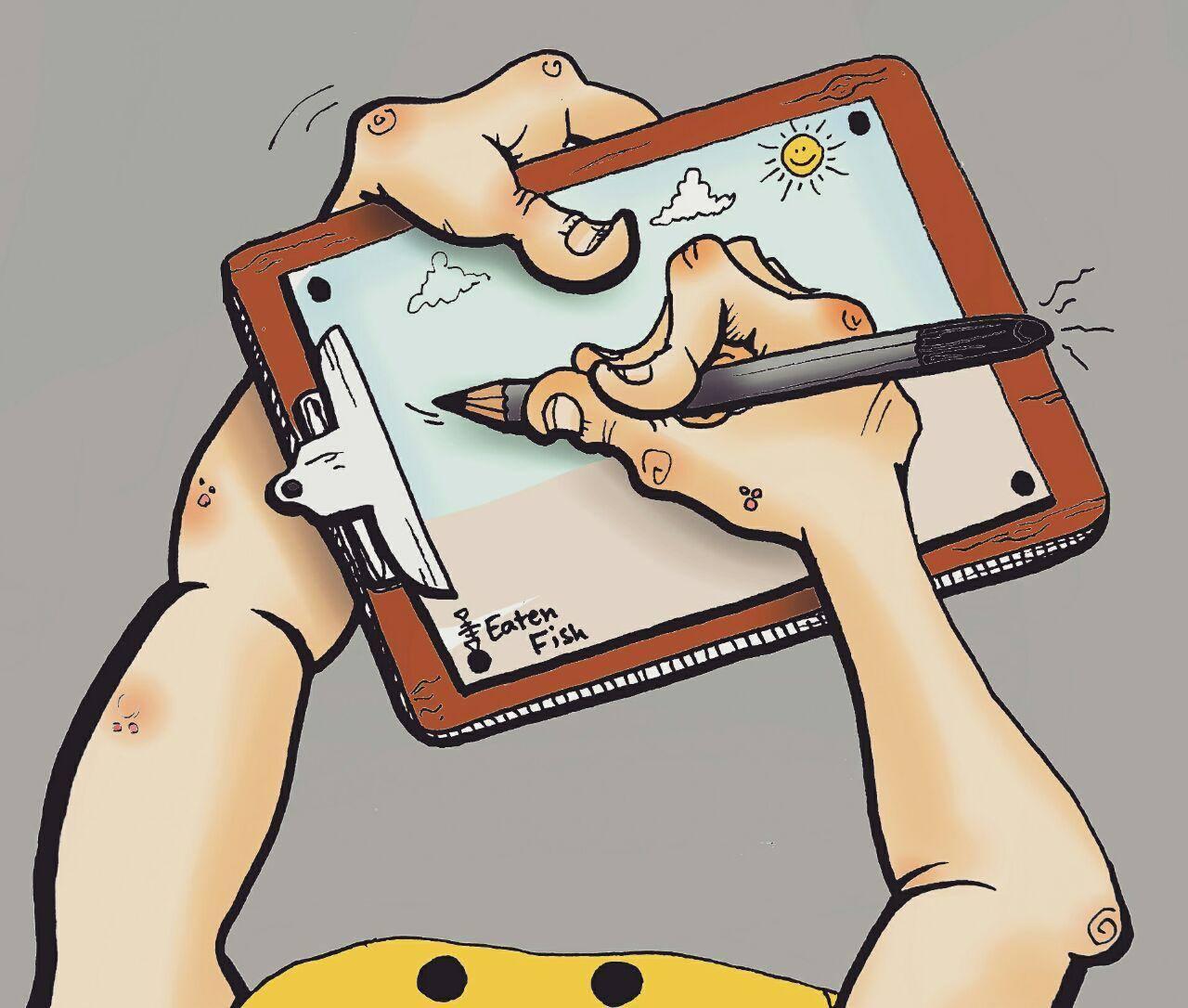
His long ordeal began on Aug. 6, 2013, when he was intercepted at sea while trying to reach Australia from Indonesia in a smuggler's boat. It was that act of being plucked from the sea, just as he arrived in Australian waters, that inspired his pen name and logo.
"I'm like a fish bone…Gotten from the sea. Eaten and thrown away for so long."
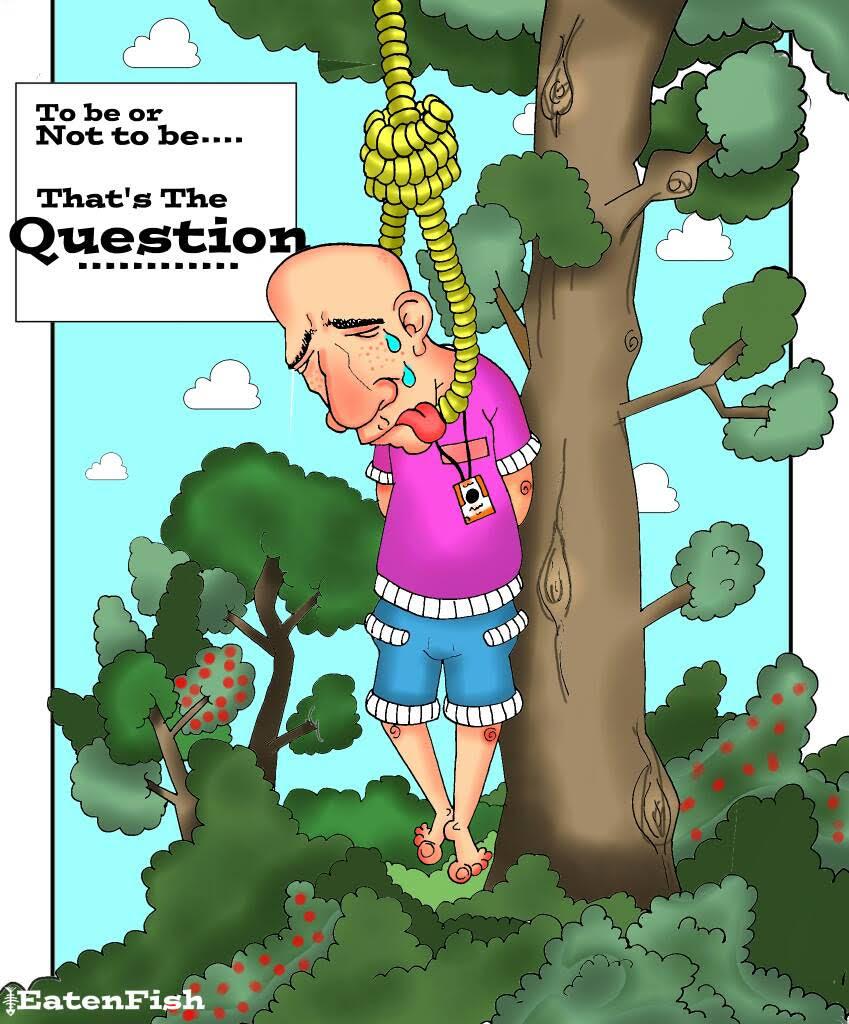
Ever since, Australia has been widely criticized for the conditions at the Manus Island camp and the United Nations has declared the country's policy of indefinite detention at the offshore camp "cruel, inhuman and degrading punishment."

In August 2017, he was moved to Port Moresby, the capital of Papua New Guinea — for medical treatment and housed in a hotel with other refugees — where he remained until ICORN's sponsorship finally freed him.
In the end, it was arguably social media that saved him. Detainees at Manus Island had some access to the Internet and many eventually acquired smartphones. In 2014, while online, Eaten Fish learned about an art exhibition being planned in Australia to protest the country's policy toward asylum-seekers. It would feature art and poetry by people in the country's offshore immigration detention system. The exhibit was called "Our Beautiful Names" because detainees are called by their number, not their name.
Eaten Fish sent in some cartoons via Facebook and it reached the organizer, Australian activist and poet Janet Galbraith.
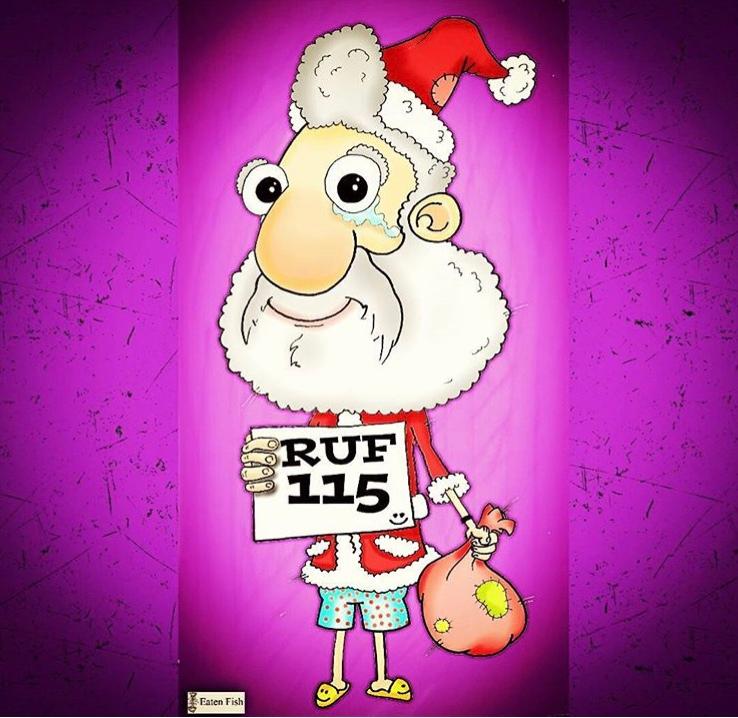
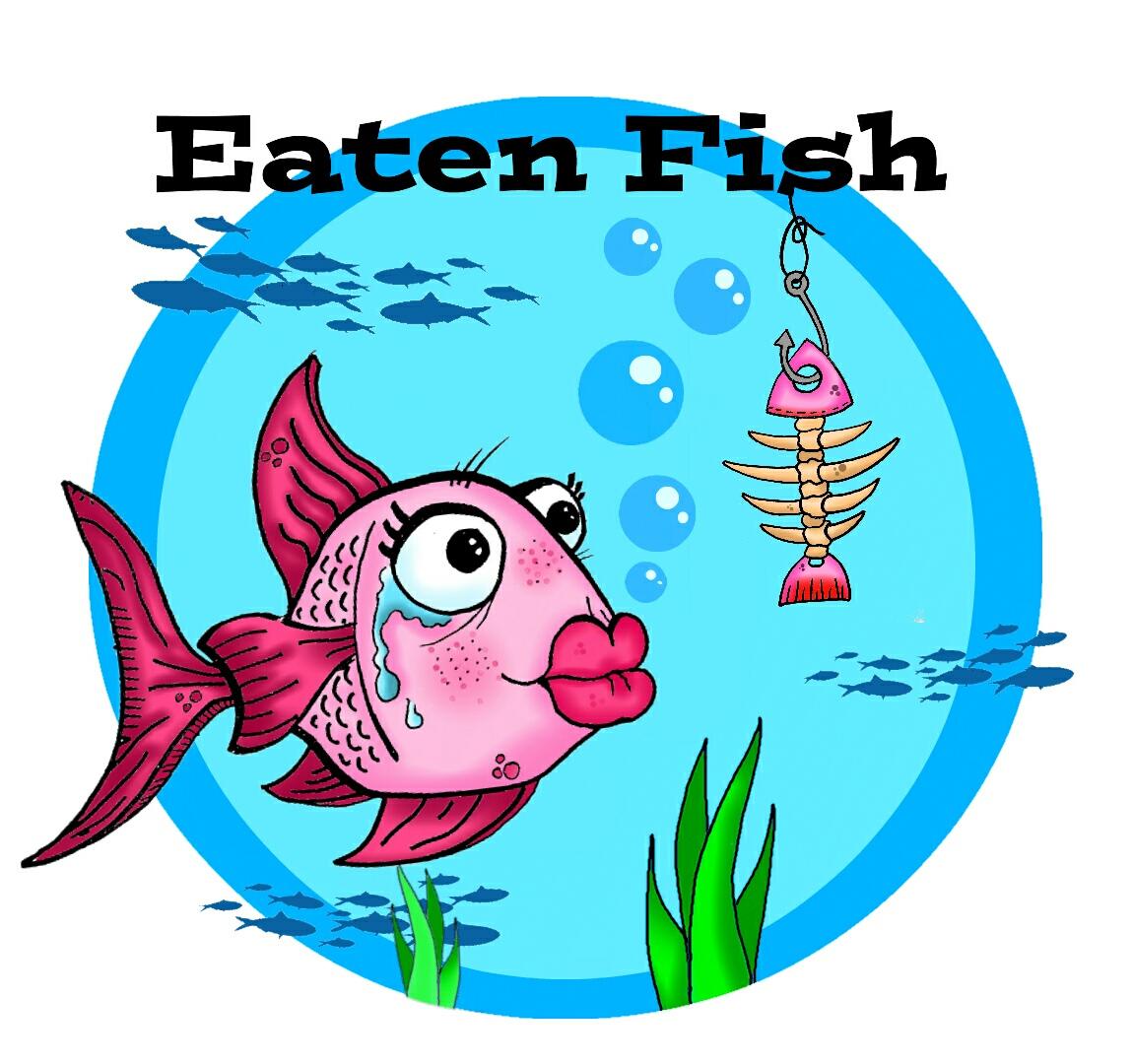
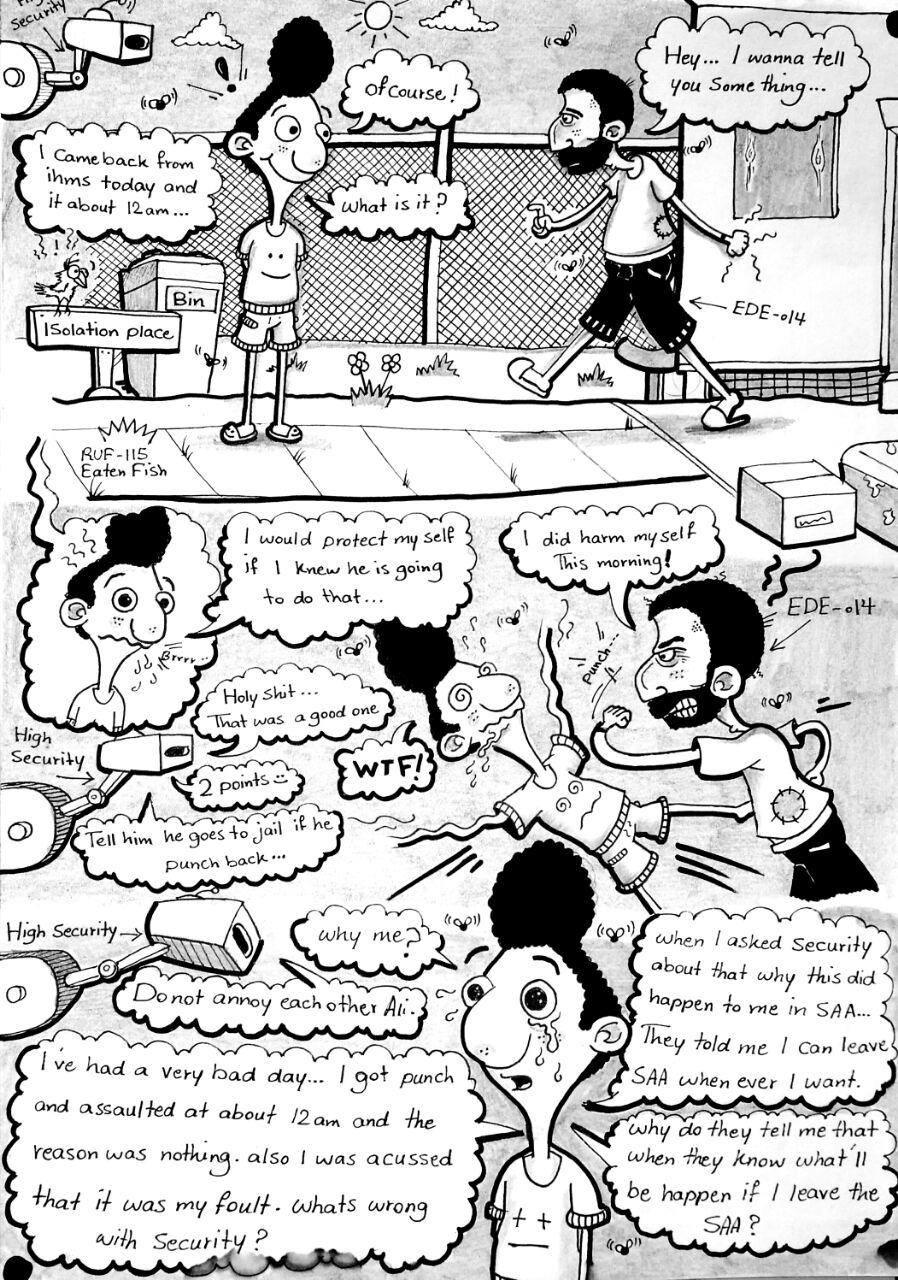
[[{"fid":"185049","view_mode":"story_image","type":"media","link_text":null,"attributes":{"height":528,"width":937,"alt":"a multi-panel cartoon by Eaten Fish showing how one day he was beaten in the camp on Manus Island and the people in charge of the camp did nothing to help him. ","title":"Eaten Fish says he was beaten and sexually harassed during his detention at the Manus Island detention camp. Eventually, he was placed in isolation at the camp and in August 2017 was moved to Port Moresby, Papua New Guinea for medical treatment. ","class":"media-element file-story-image"}}]]Marlton used his position as a cartoonist for the Guardian's Australia edition to draw attention to the case of Eaten Fish and the offshore detention camps. In July 2016, he drew a multi-panel cartoon about what daily life at the camp was like for Eaten Fish.
After I heard about Eaten Fish, I started my own WhatsApp correspondence with him.
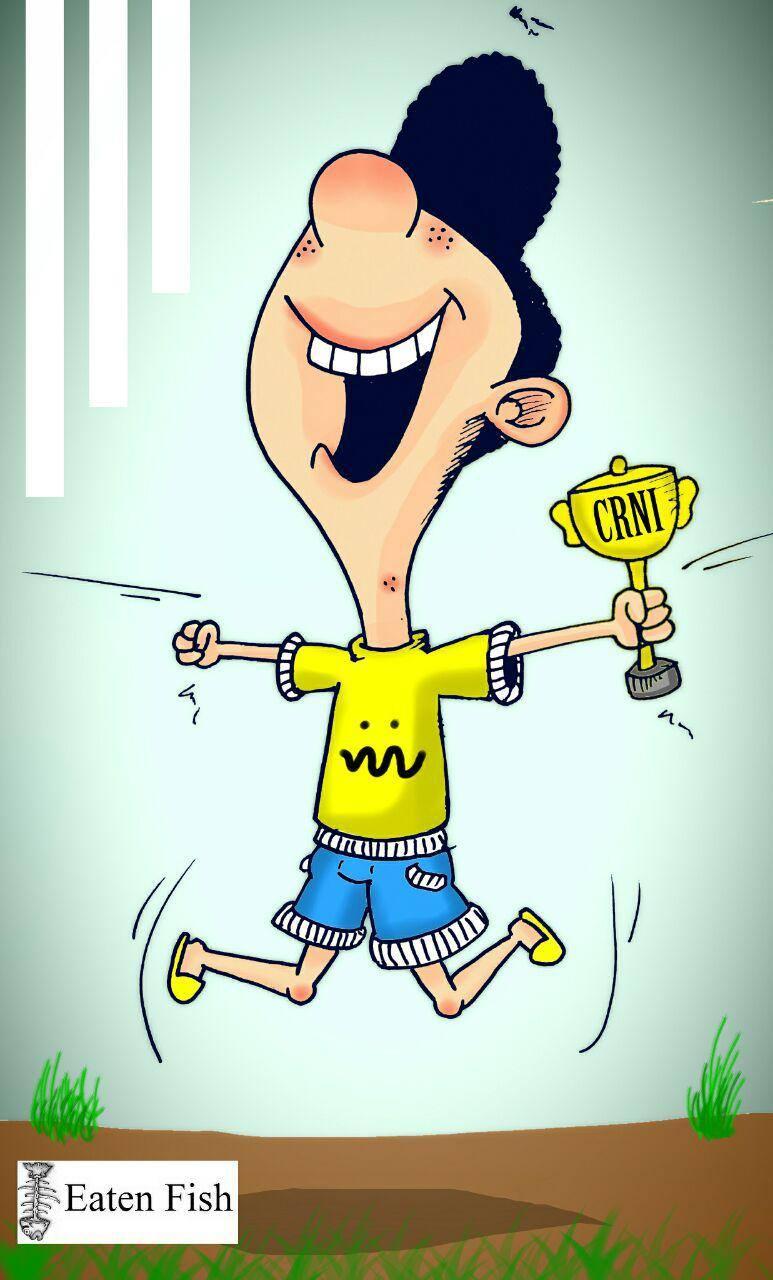
Eventually the human rights group CRNI connected Galbraith to ICORN which over the years has helped provide refuge to several persecuted cartoonists around the globe. CRNI helped the case along by pursuing diplomatic connections in Washington which got them a meeting with the Australian embassy. Finally, on December 16th, Galbraith got the chance to meet Eaten Fish in person when she showed up in Port Morsbey to accompany him on his flight to Norway.
In an email, Galbraith said she was "very very pleased that Eaten Fish has been freed after all these years. "t was wonderful to finally be able to hug each other and it was a privilege to be able to do this knowing that he was now moving toward freedom." But Galbraith said the moment is also bittersweet. "Sweet because Eaten Fish is now free and safe, and bitter because so many other people remain hostage to the state of Australia and its policies in off-shore prison camps."
When Andrew Marlton learned that Eaten Fish had arrived in Norway, he celebrated by drawing another multi-panel cartoon.
Kowsar says is hopeful. One of the first messages he received from Eaten Fish after he arrived in Norway was encouraging. "He said he was able to buy a Doogh, " a carbonated yogurt drink popular in Iran. "That showed me he was very happy."
.jpg&w=1920&q=75)